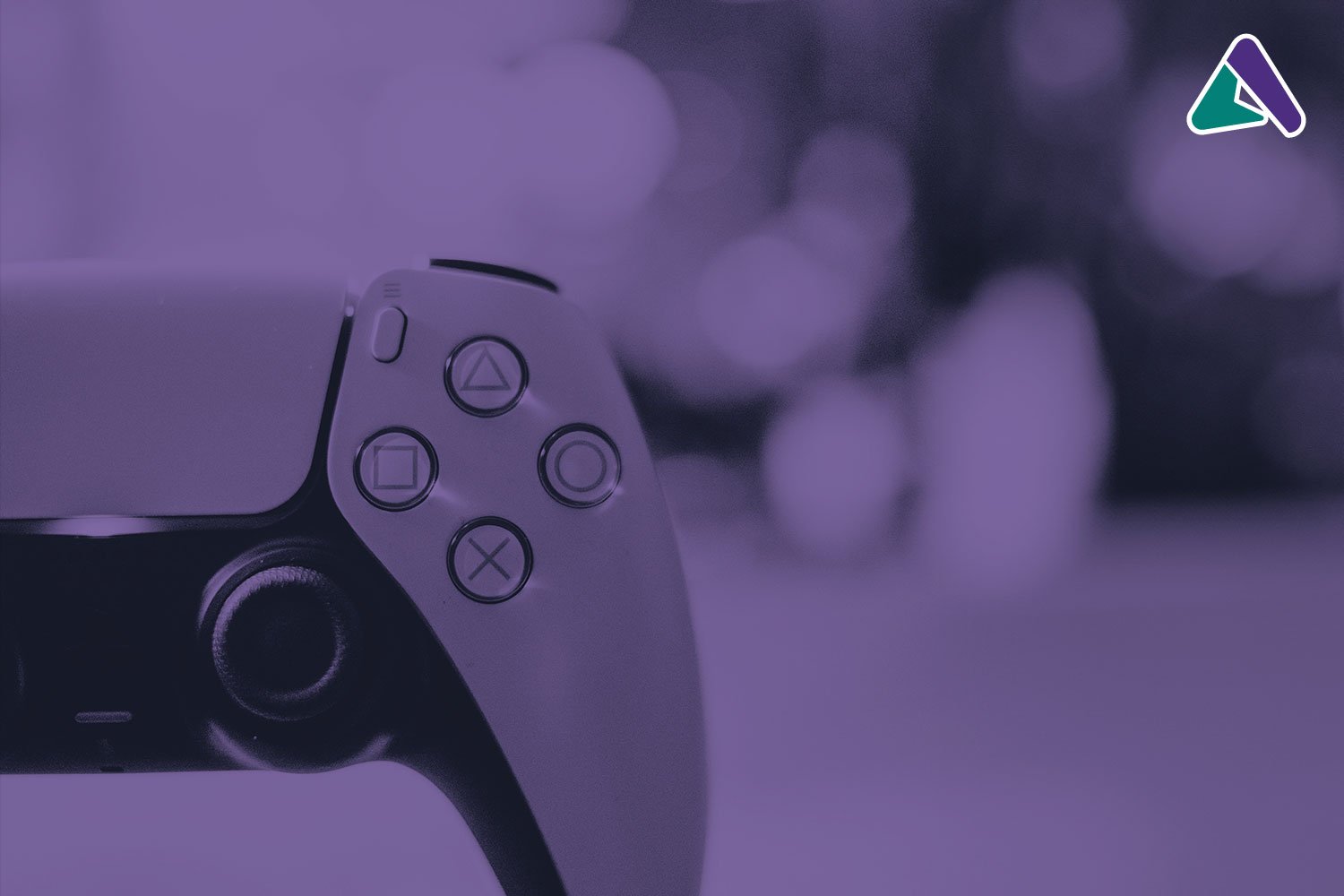The current digital era is marked by a race towards faster and more reliable connectivity, led mainly by two technologies: 5G vs. Fiber Optics. While 5G promises to revolutionize mobile connectivity, fiber optics remains the backbone of high-speed internet networks. This post compares both technologies to understand their strengths, limitations and ideal applications.
Technology and Speed:
- 5G: The fifth generation of mobile technology promises download speeds of up to 10 Gbps, greatly surpassing its 4G predecessor. Its architecture is based on a dense network of small antennas that work together to provide wide and fast coverage.
- Fiber Optics: This technology uses cables composed of glass or plastic wires to transmit data at the speed of light. Fiber optic connections can offer speeds of up to 1 Gbps for consumers, although technically they are capable of much higher speeds.
Reliability and Coverage:
- 5G: Despite its high speed, 5G faces coverage challenges due to its reliance on higher frequencies, which have a shorter range and are more susceptible to physical interference.
- Fiber Optics: Offers a stable and reliable connection, with less susceptibility to weather or physical interference. However, their implementation requires considerable physical infrastructure, which may limit their availability in rural or less developed areas.
Practical Applications
- 5G: Ideal for mobile devices and applications requiring high mobility. Its low latency and high speed make it perfect for applications such as autonomous vehicles, telemedicine, and augmented/virtual reality in motion.
- Fiber Optics: It is essential for homes and businesses that require stable, high-capacity connections, such as for 4K/8K video streaming, online gaming, and data centers.
Cost and Accessibility:
- 5G: The implementation of 5G networks requires significant investments in infrastructure, which could be reflected in costs for consumers.
- Fiber Optics: Installing fiber optics in homes and businesses also involves high costs, but once established, the network is relatively inexpensive to maintain.
The Future of 5G and Fiber Optics:
- The convergence of 5G and fiber optics is likely, with fiber providing a robust backbone and 5G extending connectivity to areas where fiber does not reach. This hybrid approach promises ubiquitous and ultra-fast connectivity in the near future.
5G and fiber optics are critical to the future of our connectivity. Although different in their implementation and applications, both technologies complement each other, taking our online experience to new levels of speed and efficiency. The choice between one or the other will depend on the specific needs of the user and the conditions of the environment.
Have you experienced the speed of 5G or fiber optics? Which one do you prefer and why? Share your experiences and opinions with us.






